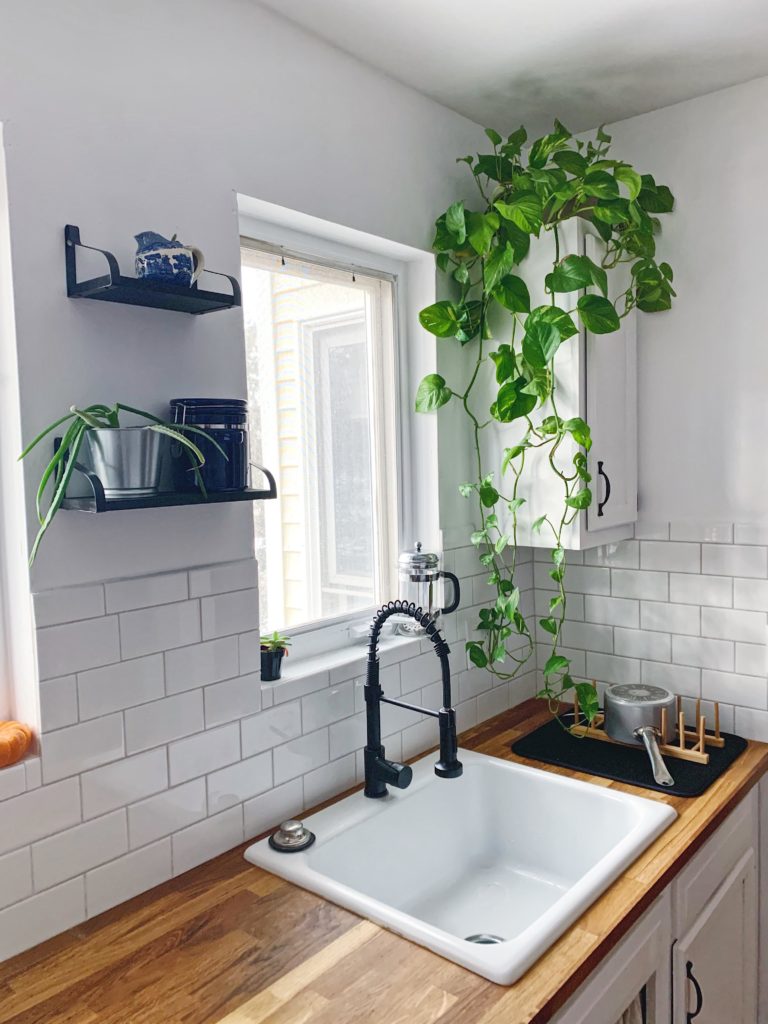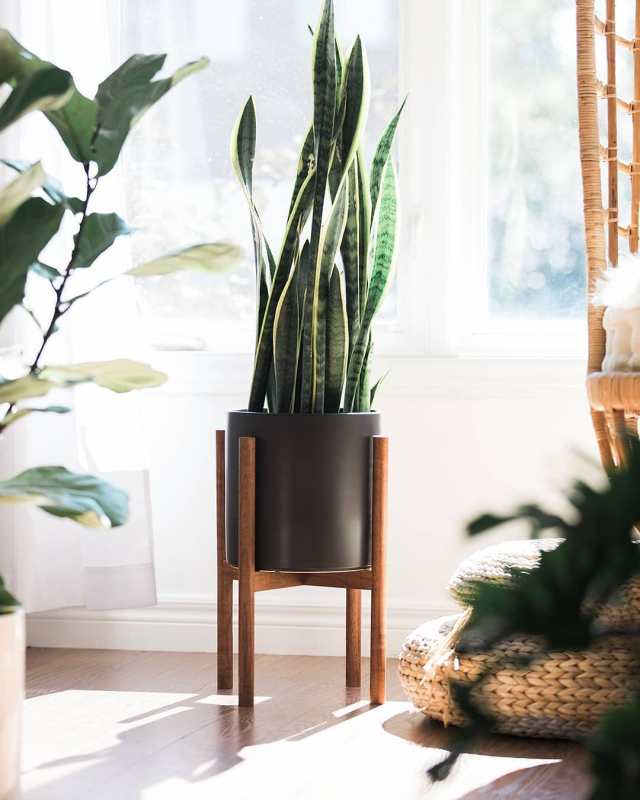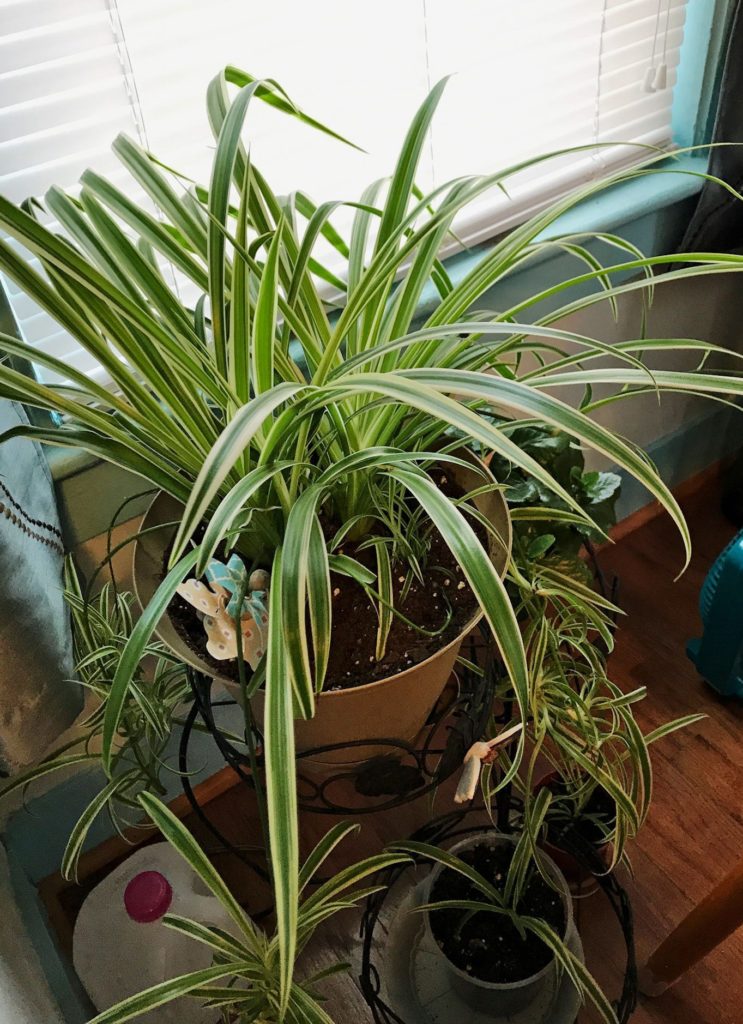There is something about a house plant that just makes a house feel… happy and homey. Plants can bring a lot of joy to the house – not only in the sense that they add color and character, but they also make a great hobby. However, if keeping a plant alive isn’t your strength, you can ease into things with some easy to care for house plants. The following three plants can practically reach the brink of death and be resuscitated, so if you want to bring a little life into your home, that’s a good place to start.

Golden Pothos
Golden Pothos, sometimes called Devil’s Ivy can thrive with little to no care. This plant requires only low light and will give you visual cues when it needs a drink. I gifted a friend a gorgeous Golden Pothos when I moved states. On my first visit to her house post-move, there were about four green leaves left on the plant. She said she meant to get rid of it before I came over but had forgotten. I told her to try watering it (no joke). The next time I saw the plant it was thriving, literally because someone thought enough to give it a drink. This plant also boasts some other benefits around the house, but we’re just going to stick to the fact that it is almost impossible to kill.
Sansevieria Trifasciata (snake plant)
While it sounds kind of creepy – snake plant – its other common name is mother-in-law’s tongue. Pick your poison. The snake plant is another ridiculously low-maintenance house plant. Almost too low-maintenance. It can survive in most lighting scenarios, though direct sunlight can burn its leaves. This plant can grow up to six feet tall if given the right pot size. This is another plant that can survive a pretty high degree of neglect. It doesn’t give you the clear wilting signs that the golden pothos does, but if you water it around the same time as the golden pothos, you’ll be golden.

Chlorophytum Comosum (spider plant)
The spider plant is another plant that can make it through most circumstances pretty unscathed. These plants can start small and grow into thriving house plants with mild care. When they are really happy, the spider plants will produce spider babies that you can propagate and either add to new pots or add to the mama spider plant’s pot to make her look a little fuller. Overwatering can cause root rot, so just try to remember and you’ll probably be okay.
Now, if none of these options work out for you (if you are a pet owner, please validate safety for your furry friend), faux plants are always an option to green things up. But I urge you to first give one of these plants a shot; you can typically pick them up pretty inexpensively up from your local greenhouse or home improvement store. You may find that you have a green thumb after all!

